There were dramatic scenes in Aberdeen in October 1941 when a city-centre landmark went up in flames, killing six people.
The Palace Hotel had been on the corner of Union Street and Bridge Street since 1874, but on October 30, a fatal fire broke out turning the regal building into a burnt-out shell.
The building was a London North Eastern Railway hotel which had covered access from station platform below.
Ferocious hotel fire in October 1941 was one of Aberdeen’s worst
Although in the thick of the Second World War, the blaze wasn’t due to bombing, but a fire that ignited in the grill service room.
Despite great feats of heroism and firefighting, six charred bodies were found in the debris the following day.
The ferocious fire spread to the kitchen at 11.40pm before shooting up the grill room service hatch to the upper floors.
Residents who had not retired for the night raced around banging on the doors of those already asleep.
Members of staff broke windows to clamber over the roof to reach the maids’ accommodation.
Many residents were trapped, with onlookers watching in awe as a “pyjama-clad figure” waved desperately from the rooftop before firefighters reached him and guided him to safety.
While another fireman, Alfred Booth, was injured when the roof collapsed as he stood on it, throwing him towards the edge.
A small ledge was the only thing that prevented him falling 200ft to his death, but his steel helmet was later found lying on the railway tracks below.
Six chambermaids perished in tragic blaze fought by 100 firemen
Fire Force Commander Mr E Coleman carried his comrade to safety, but narrowly missed death himself later when “several tons of masonry” crashed down beside him in the hotel entrance.
The roof and most of the first and second floors were destroyed, with floors collapsing into those below.
In all, 100 fireman tackled the blaze, but tragically bodies were discovered in the debris the next day.
The casualties were chambermaids who slept in servants’ accommodation on the upper floors – one had only started the job two days before, she was only 16.
It was one of the most spectacular fires ever seen in Aberdeen, so ferocious the glare could be seen from Peterhead.
Thankfully, other memories of October from the archives are less dramatic, featuring delighted football fans at Pittodrie and major road works on College Street…
In photos: October days in Aberdeen over the years
ALL IMAGES IN THIS ARTICLE ARE COPYRIGHT OF DC THOMSON. UNAUTHORISED REPRODUCTION IS NOT PERMITTED.
To purchase archive photos, contact archives@dcthomson.co.uk
If you enjoyed this, you might like:
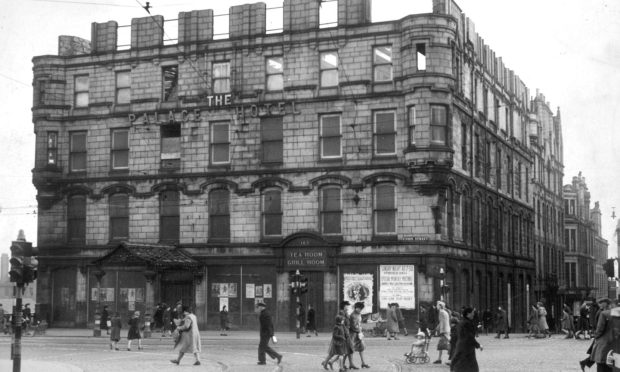
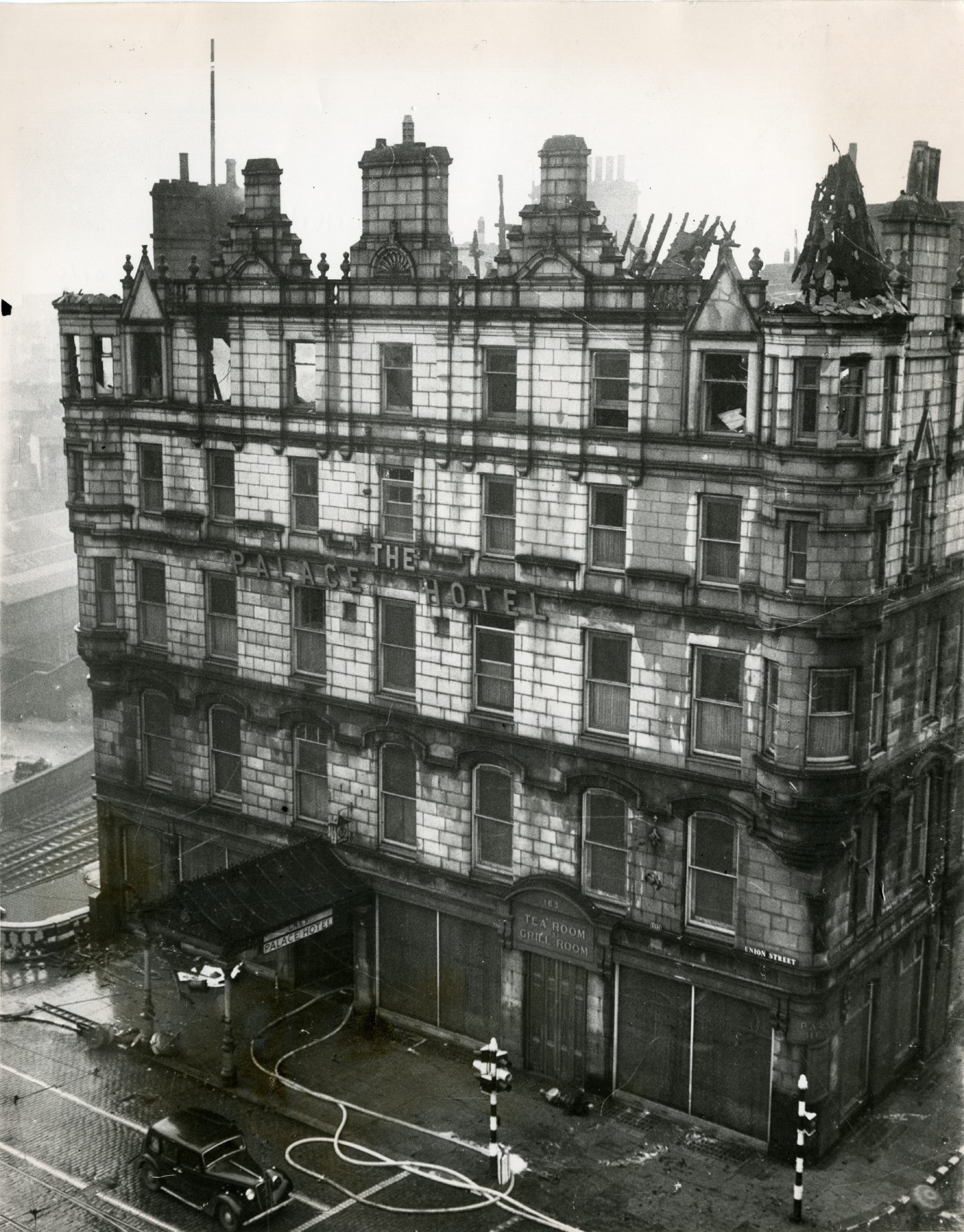
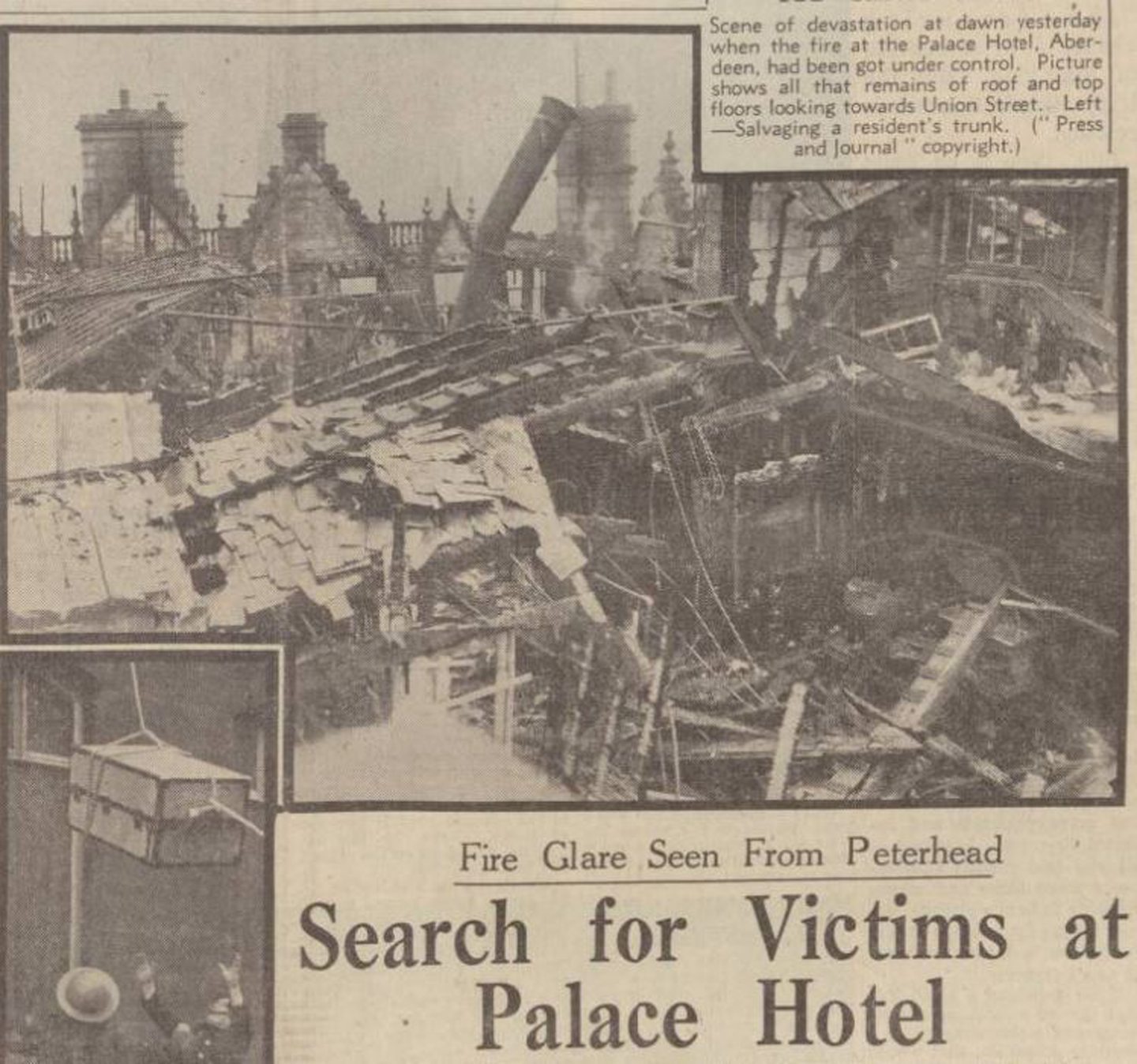
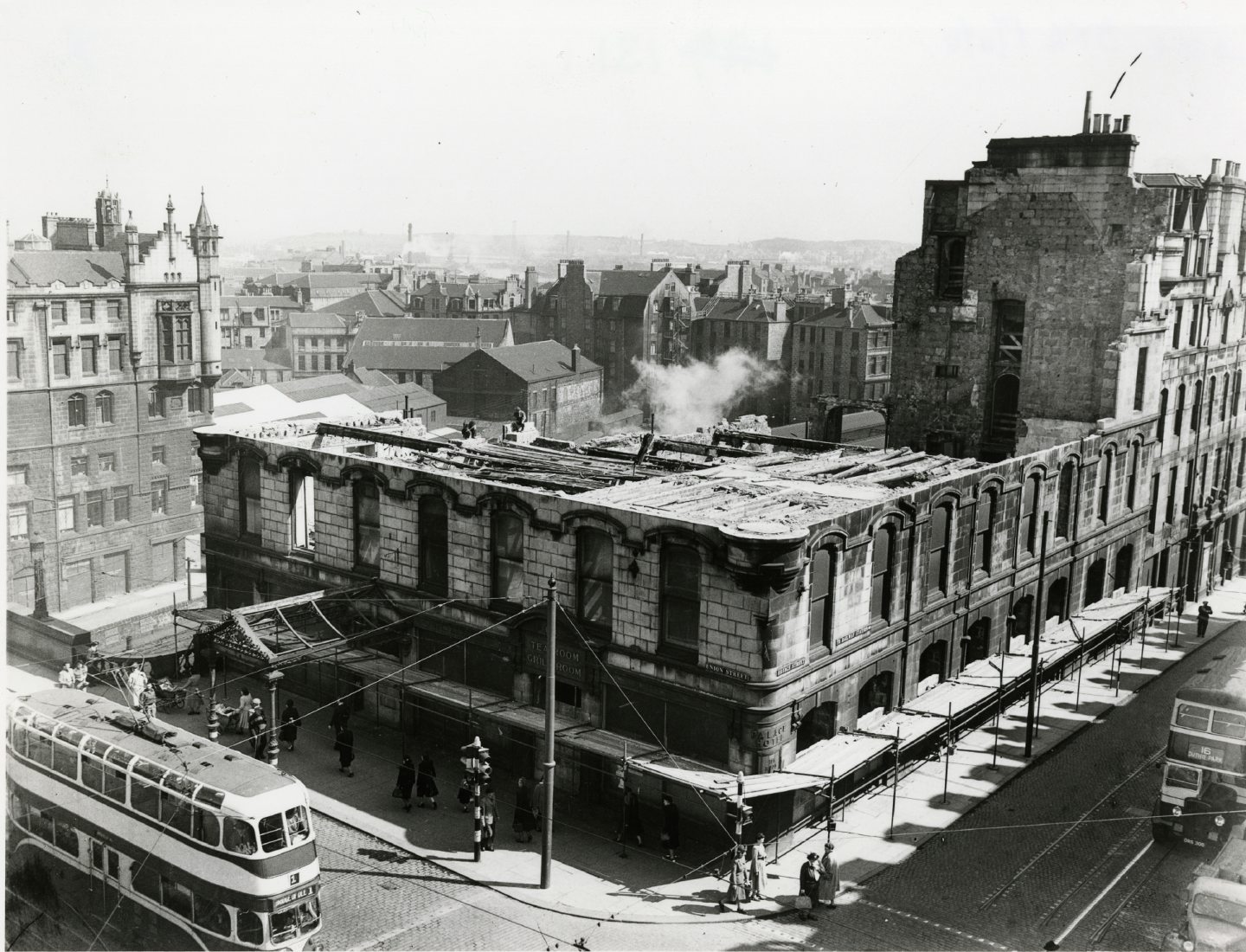
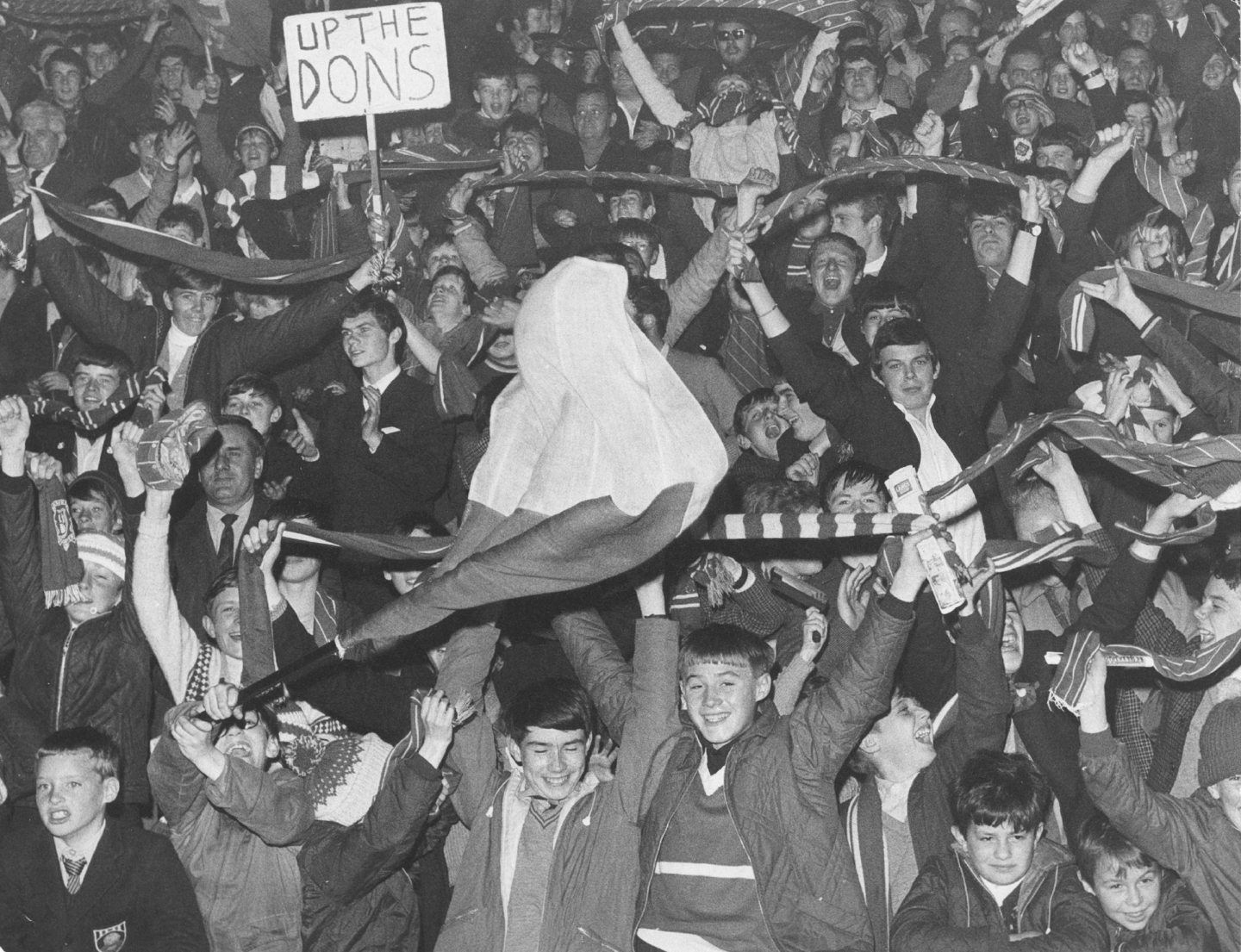
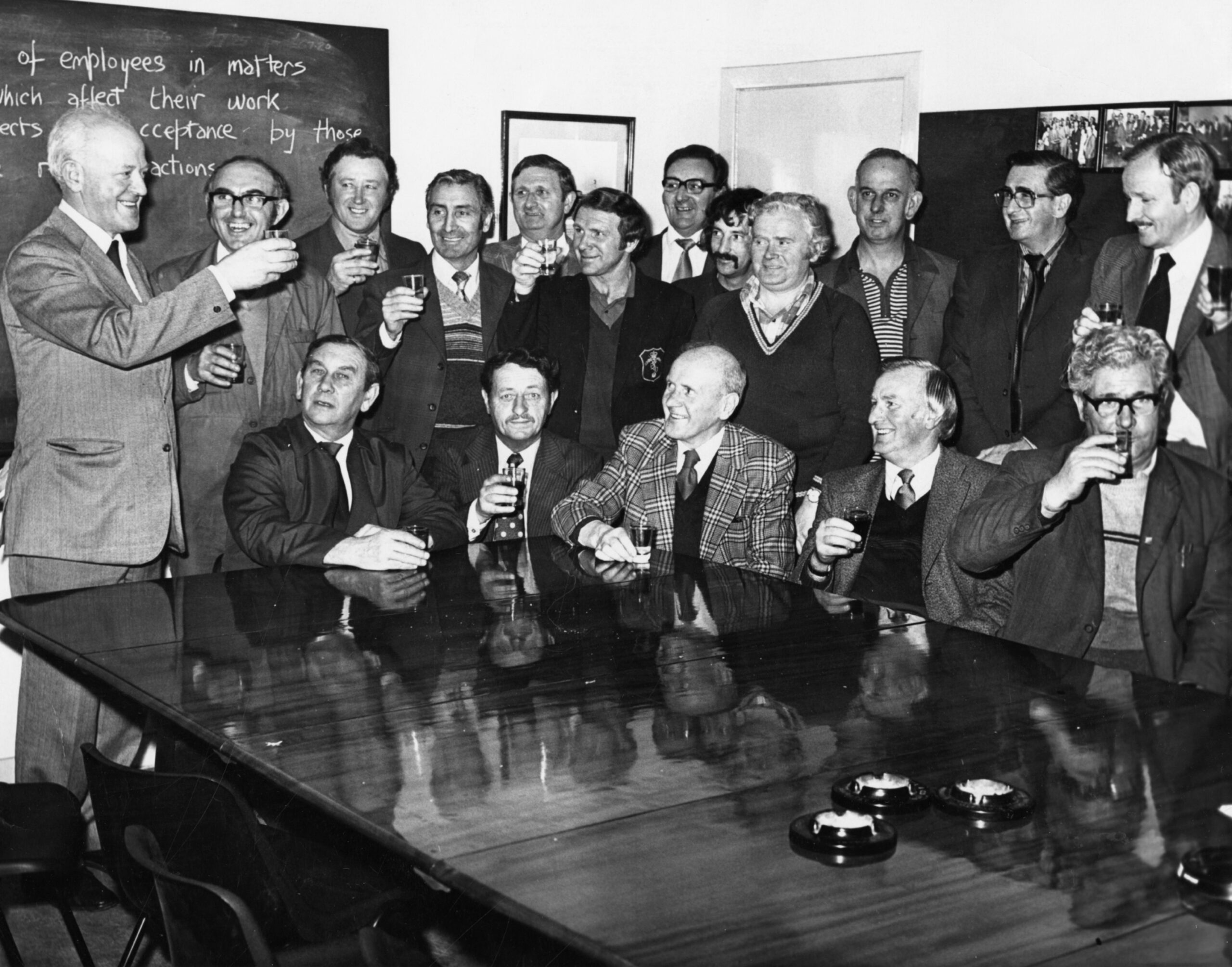
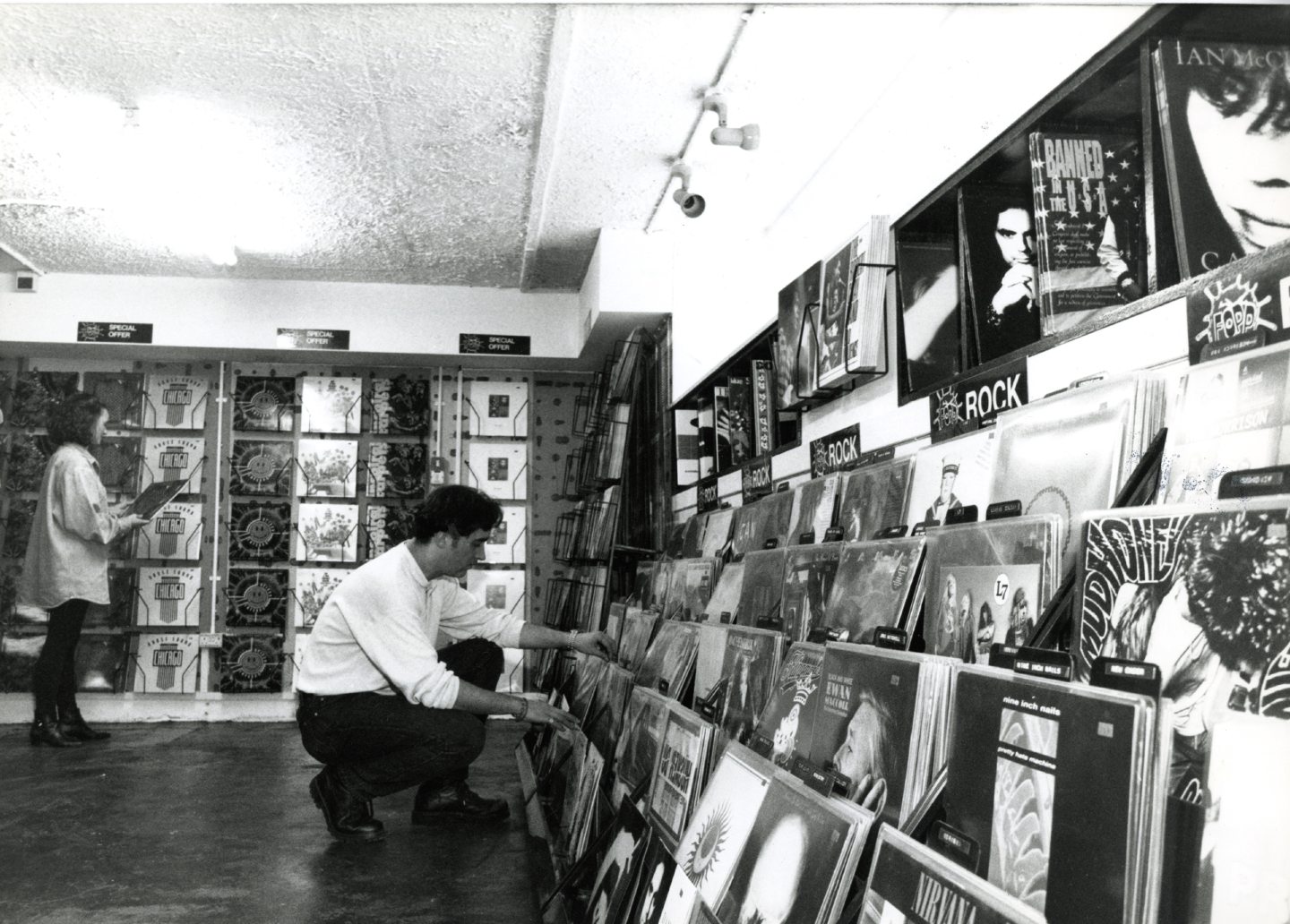
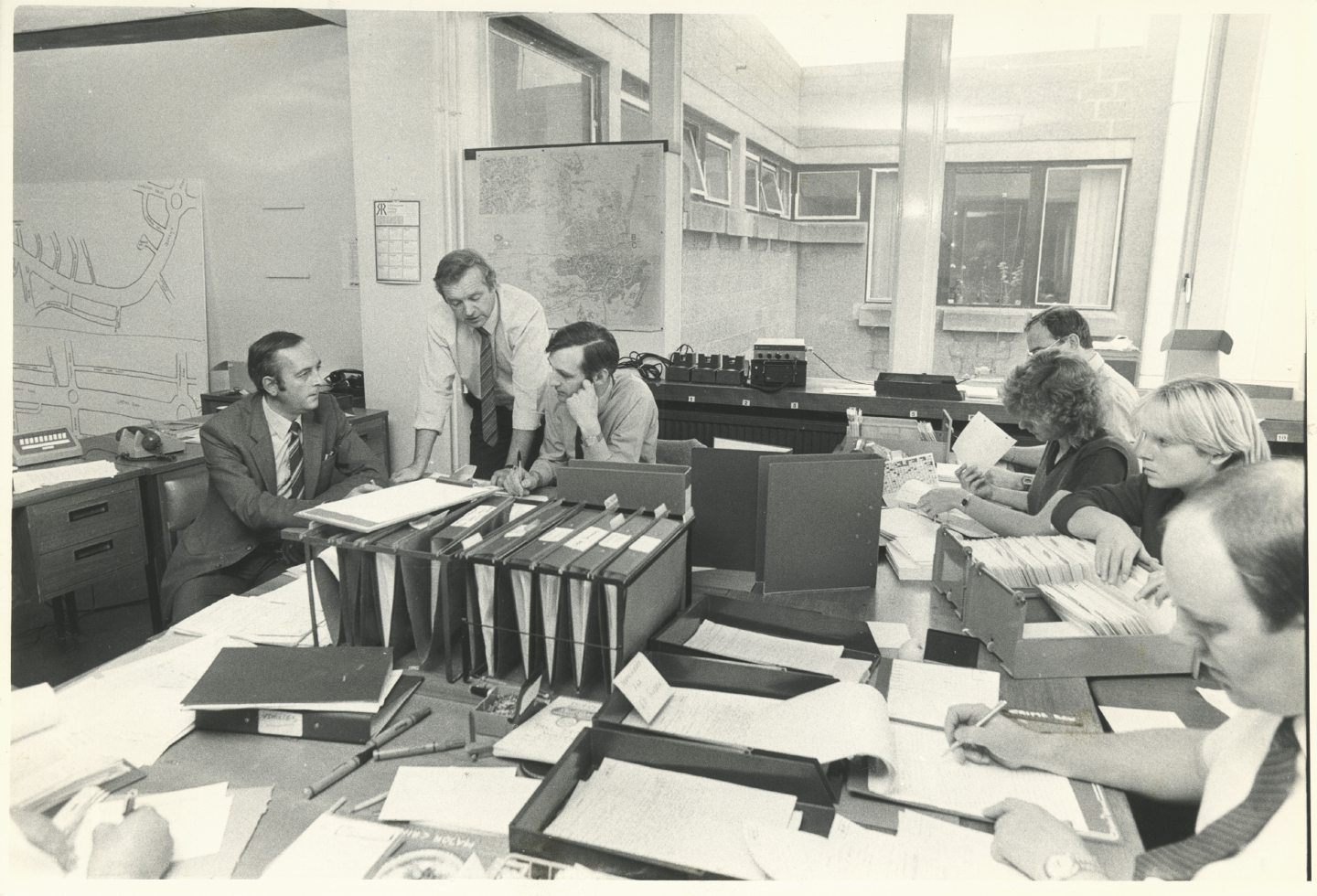
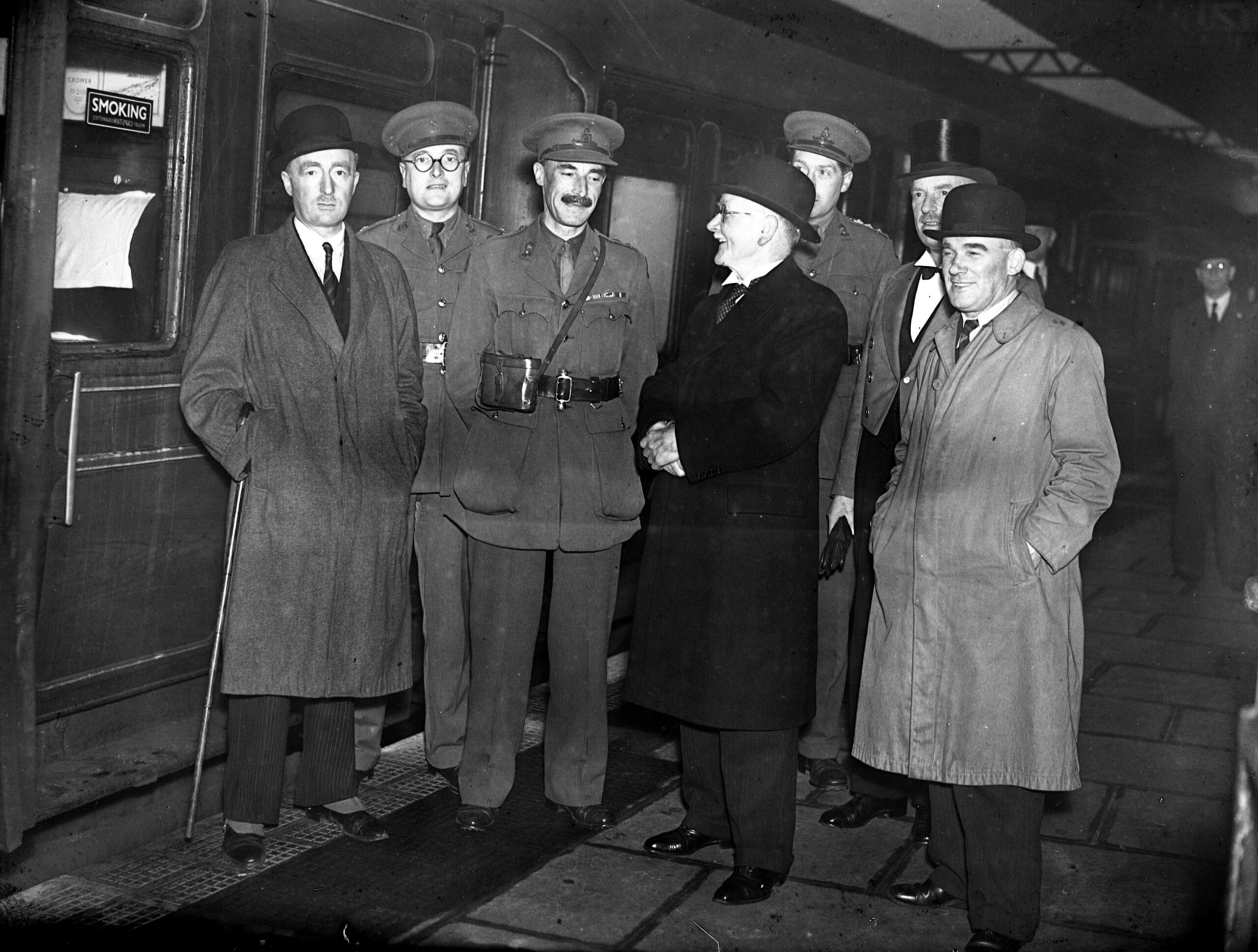
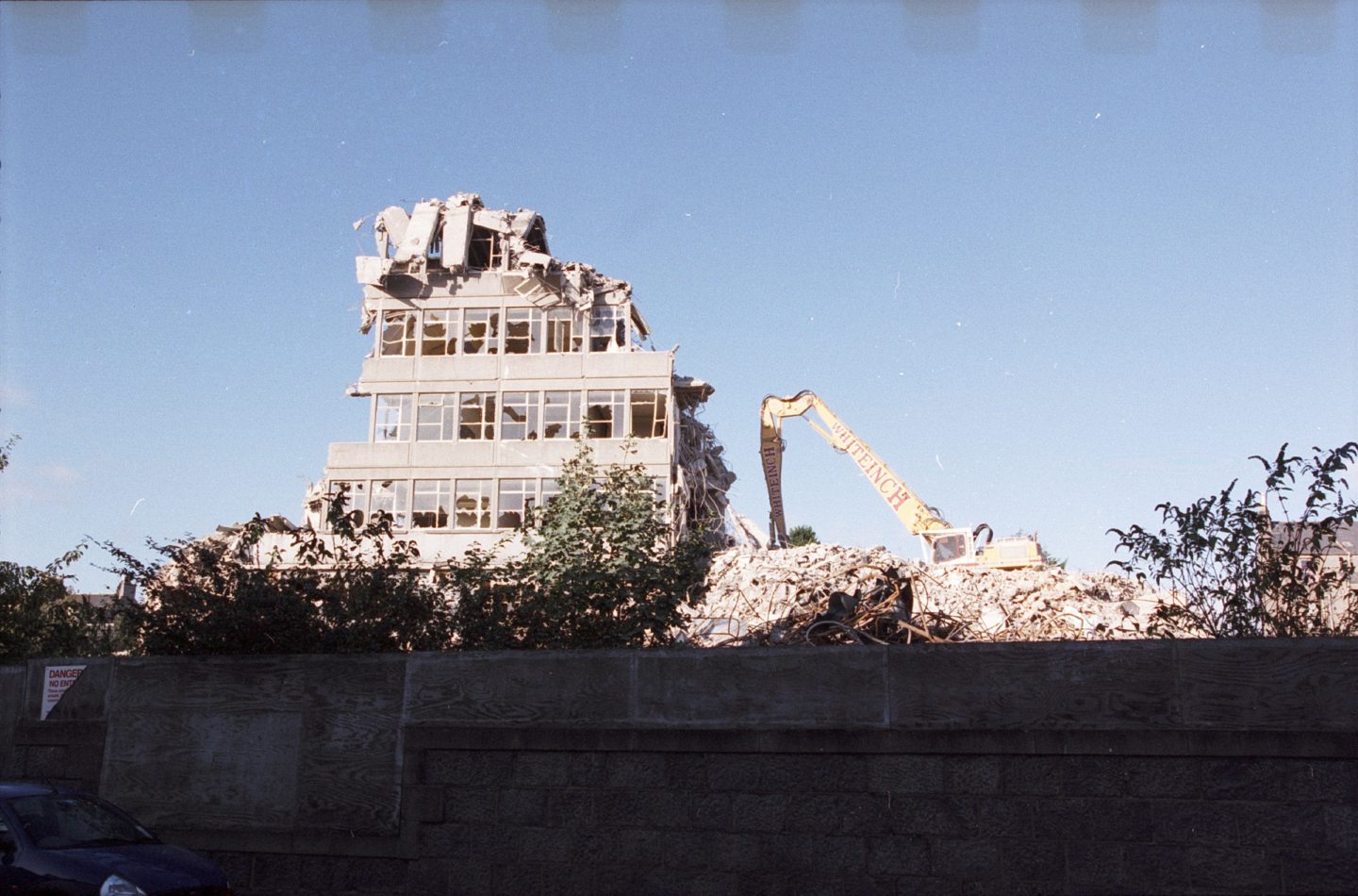
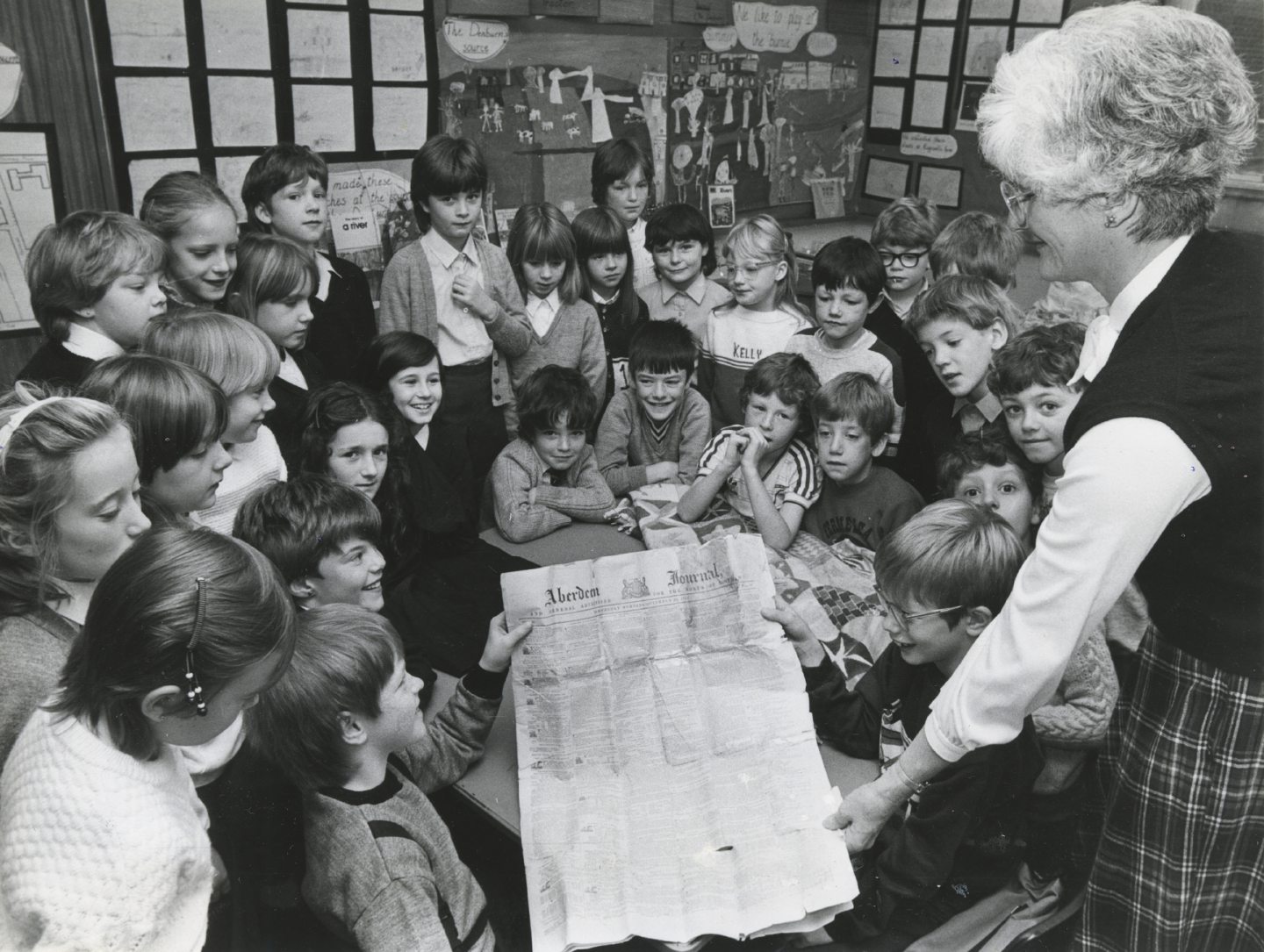
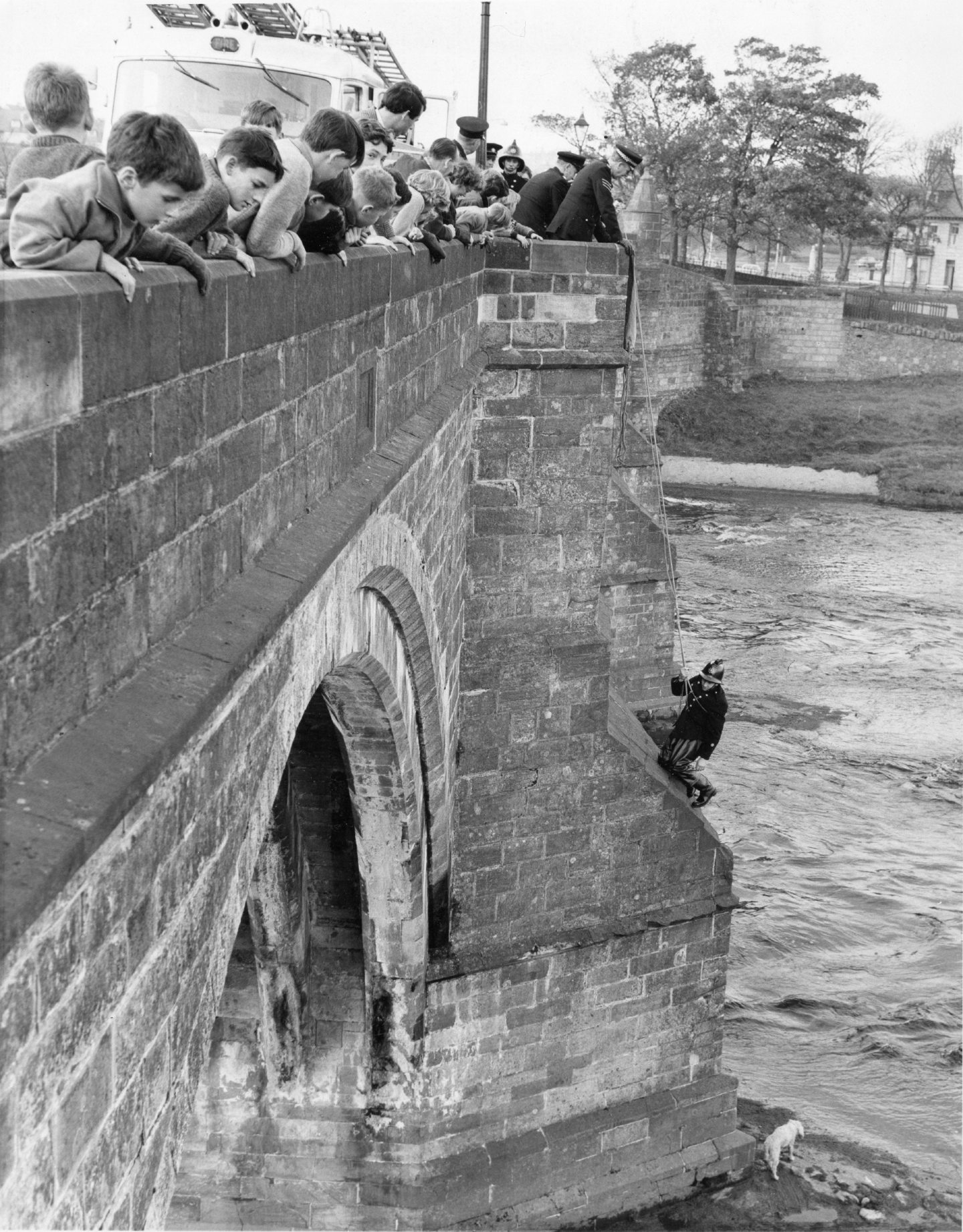
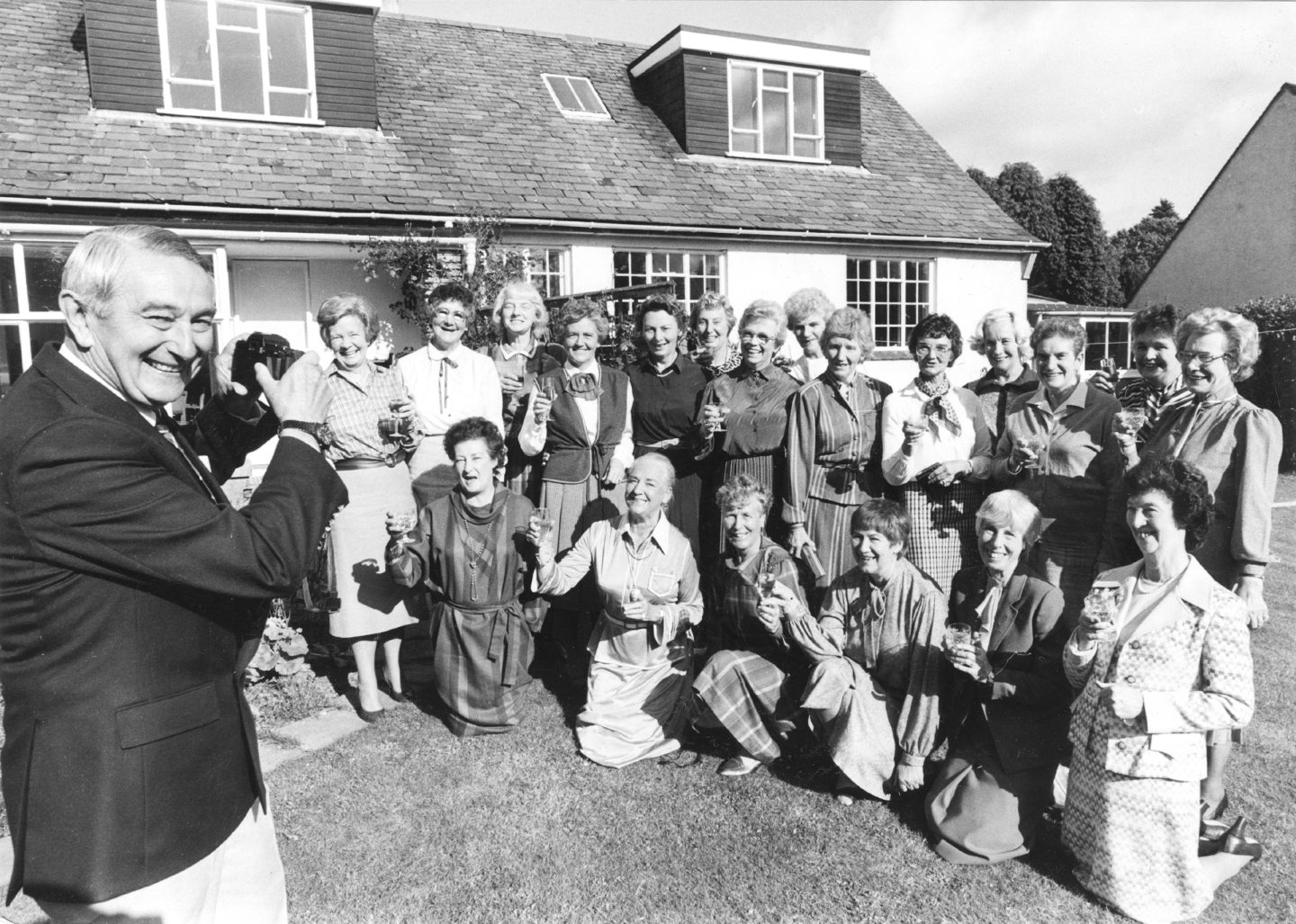
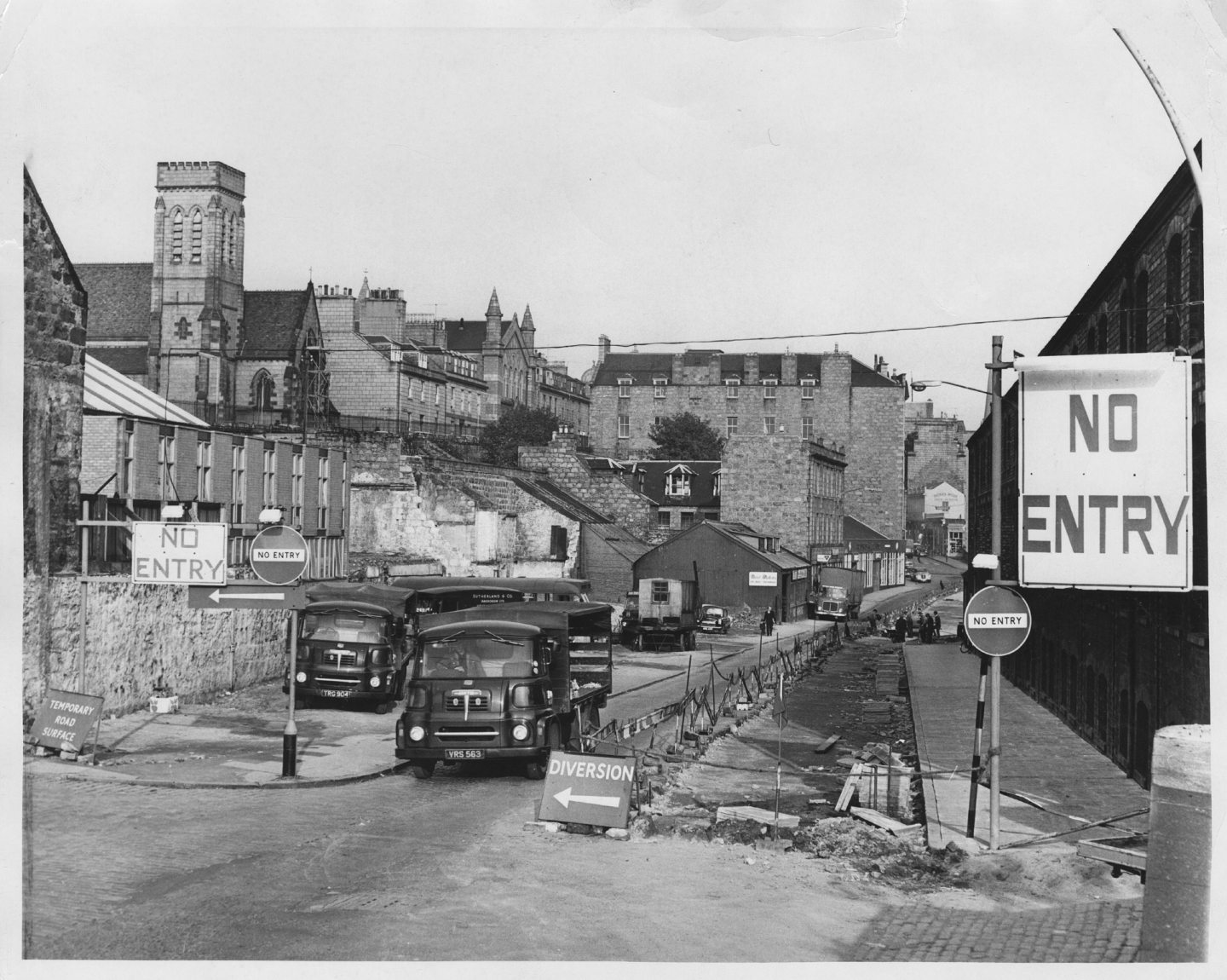
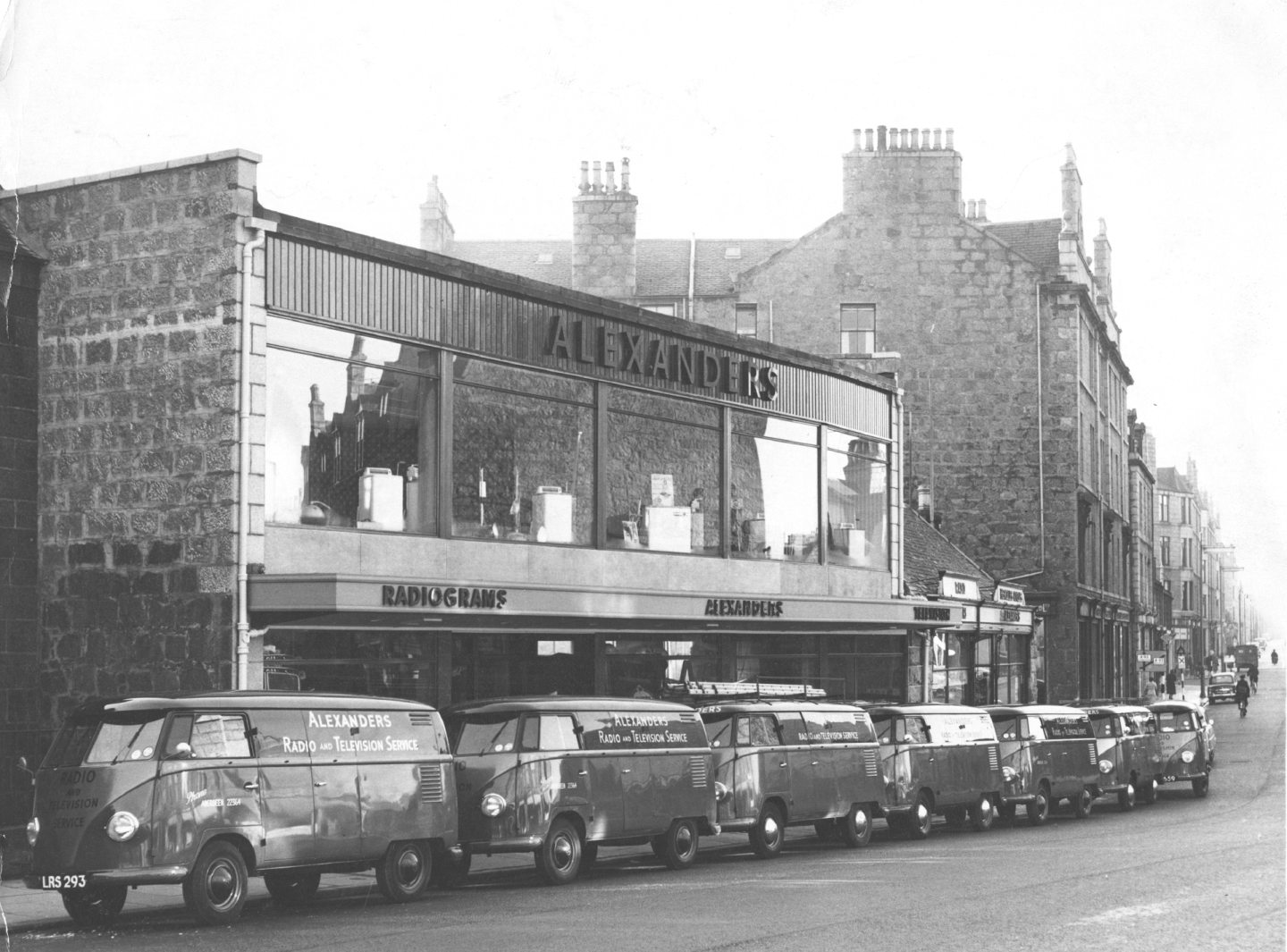
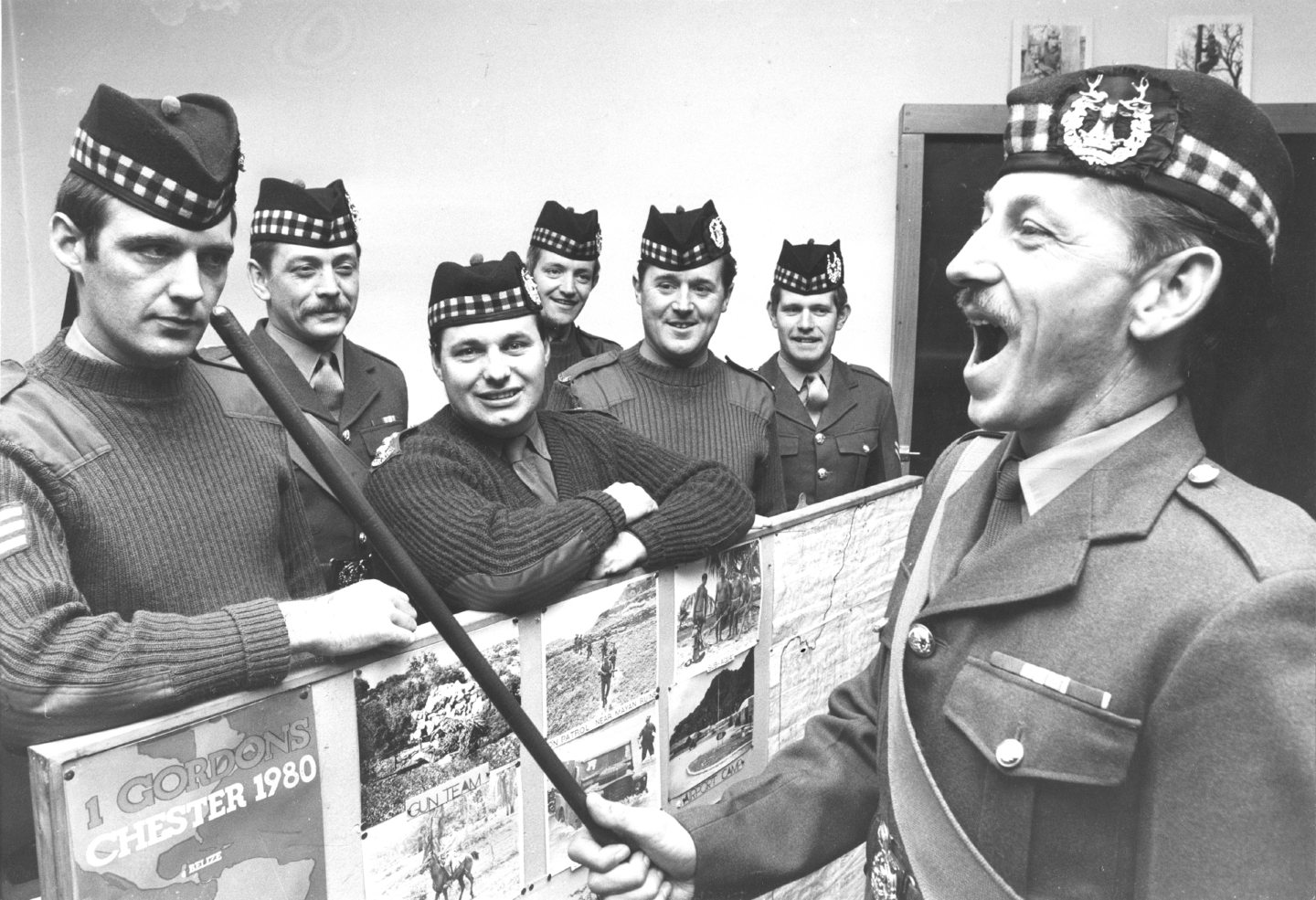
Conversation